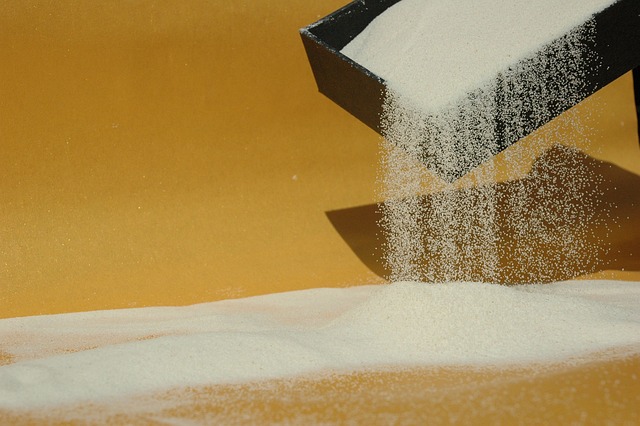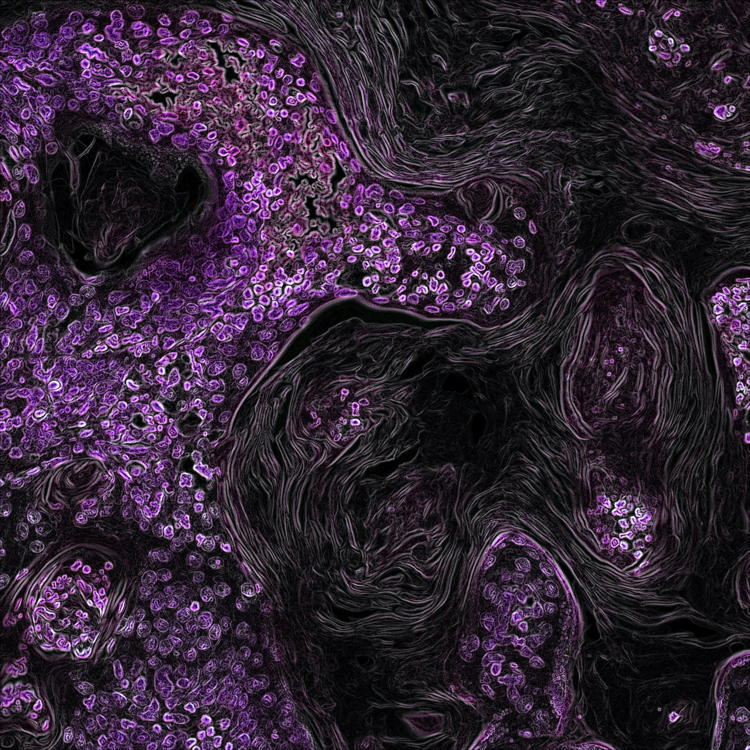Maxillary sinus augmentation procedures through equine-derived biomaterial or calvaria autologous bone: immunohistochemical evaluation of OPG/RANKL in humans

Submitted: 12 November 2012
Accepted: 29 December 2012
Published: 27 February 2013
Accepted: 29 December 2012
Abstract Views: 1037
PDF: 561
HTML: 614
HTML: 614
Publisher's note
All claims expressed in this article are solely those of the authors and do not necessarily represent those of their affiliated organizations, or those of the publisher, the editors and the reviewers. Any product that may be evaluated in this article or claim that may be made by its manufacturer is not guaranteed or endorsed by the publisher.
All claims expressed in this article are solely those of the authors and do not necessarily represent those of their affiliated organizations, or those of the publisher, the editors and the reviewers. Any product that may be evaluated in this article or claim that may be made by its manufacturer is not guaranteed or endorsed by the publisher.
Similar Articles
- C. Di Nisio, V.L. Zizzari, S. Zara, M. Falconi, G. Teti, G. Tetè, A. Nori, V. Zavaglia, A. Cataldi, RANK/RANKL/OPG signaling pathways in necrotic jaw bone from bisphosphonate-treated subjects , European Journal of Histochemistry: Vol. 59 No. 1 (2015)
- M. J. Galvão, A. Santos, M. D. Ribeiro, A. Ferreira, F. Nolasco, Optimization of the tartrate-resistant acid phosphatase detection by histochemical method , European Journal of Histochemistry: Vol. 55 No. 1 (2011)
- F.S. De Ponte, G. Cutroneo, R. Falzea, G. Rizzo, L. Catalfamo, A. Favaloro, G. Vermiglio, M. Runci, A. Centofanti, G. Anastasi, Histochemical and morphological aspects of fresh frozen bone: a preliminary study , European Journal of Histochemistry: Vol. 60 No. 4 (2016)
- C. Dall'Oca, T. Maluta, F. Cavani, G.P. Morbioli, P. Bernardi, A. Sbarbati, D. Degl'Innocenti, B. Magnan, The biocompatibility of porous vs non-porous bone cements: a new methodological approach , European Journal of Histochemistry: Vol. 58 No. 2 (2014)
- Tommaso Maluta, Umberto Lavagnolo, Lydia Segalla, Nicholas Elena, Paolo Bernardi, Daniele Degl'Innocenti, Andrea Sbarbati, Bruno Magnan, Evaluation of biocompatibility, osteointegration and biomechanical properties of the new Calcemex® cement: An in vivo study , European Journal of Histochemistry: Vol. 66 No. 1 (2022)
- V. Bradaschia-Correa, F.A.C. Barrence, L.B. Ferreira, L.F. Massa, V.E. Arana-Chavez, Effect of alendronate on endochondral ossification in mandibular condyles of growing rats , European Journal of Histochemistry: Vol. 56 No. 2 (2012)
- Yuuki Maeda, Yoko Miwa, Iwao Sato, Expression of CGRP, vasculogenesis and osteogenesis associated mRNAs in the developing mouse mandible and tibia , European Journal of Histochemistry: Vol. 61 No. 1 (2017)
- V. Nicolin, F. Dal Piaz, S. L. Nori, P. Narducci, N. De Tommasi, Inhibition of bone resorption by Tanshinone VI isolated from Salvia miltiorrhiza Bunge , European Journal of Histochemistry: Vol. 54 No. 2 (2010)
- Carlo Dall'Oca, Tommaso Maluta, Gian Mario Micheloni, Matteo Cengarle, Giampaolo Morbioli, Paolo Bernardi, Andrea Sbarbati, Daniele Degl'Innocenti, Franco Lavini, Bruno Magnan, The biocompatibility of bone cements: progress in methodological approach , European Journal of Histochemistry: Vol. 61 No. 2 (2017)
- P. Narducci, R. Bortul, R. Bareggi, V. Nicolin, Clathrin-dependent endocytosis of membrane-bound RANKL in differentiated osteoclasts , European Journal of Histochemistry: Vol. 54 No. 1 (2010)
You may also start an advanced similarity search for this article.

 https://doi.org/10.4081/ejh.2013.e10
https://doi.org/10.4081/ejh.2013.e10










